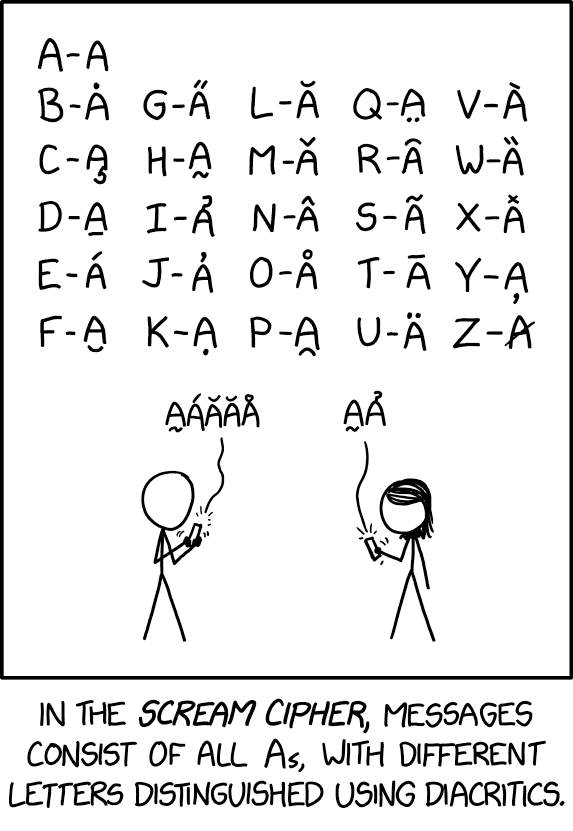Sinitic topolects in a Canadian courtroom
Is Taishanese Cantonese?
Legally, in Canada, no.
[Preface: This is one of the eeriest posts I've ever written, where thoughts I had about a student two decades ago while I was teaching her in my classes at Penn have become reality today, in a conspicuous, public way. The realization of mental projection into the future.]
The material for this post came to me by a curious path. From Bruce Rusk:
My father is a retired journalist in Toronto and one of his hobbies is tracking Ontario appeal court decisions. He came across a case that is of potential relevance to those interested in the status of Sinitic languages and the nature of fangyan. I thought that you (and perhaps Language Log readers) would find it interesting.
Because it was about Sinitic languages and fangyan ("topolects"), I was moderately interested, but because the written decision, like most judicial documents, was long and tediously detailed, I thought I'd just skim through it quickly.
Read the rest of this entry »



